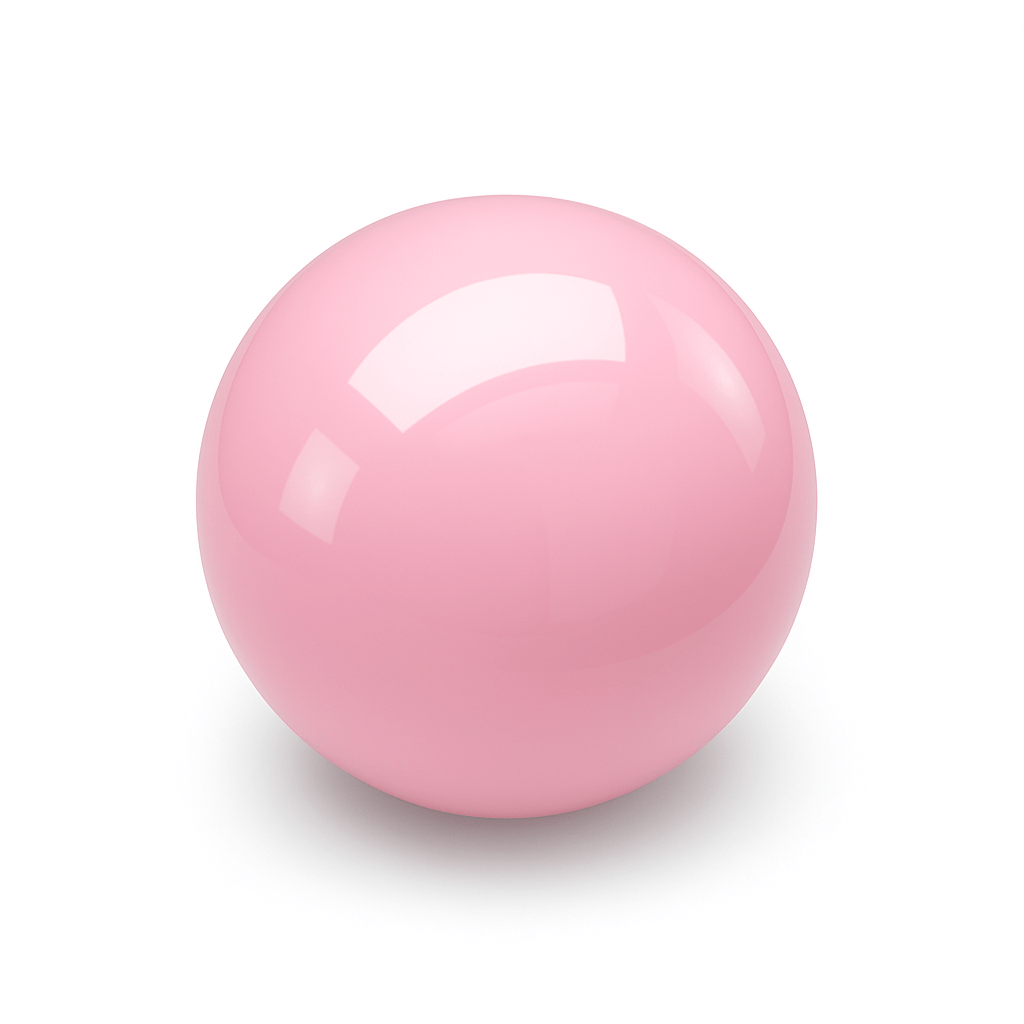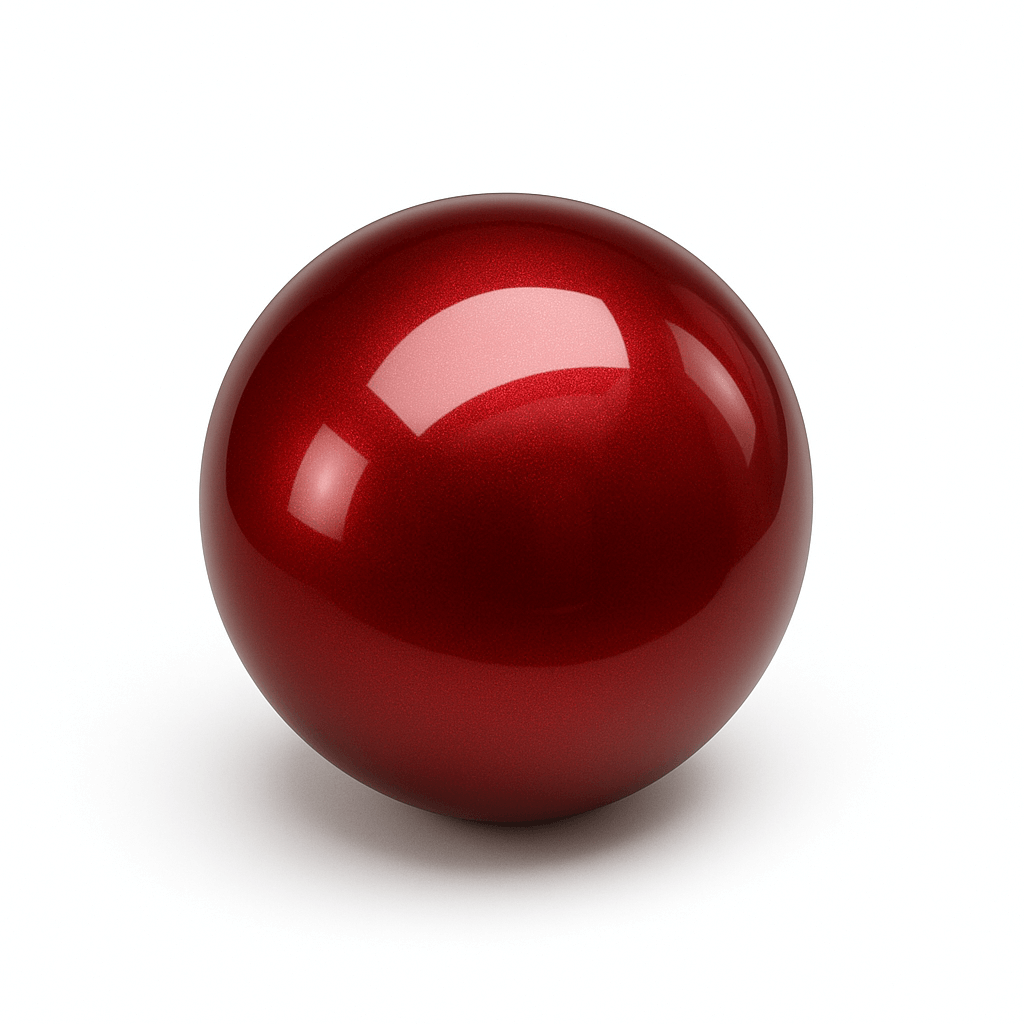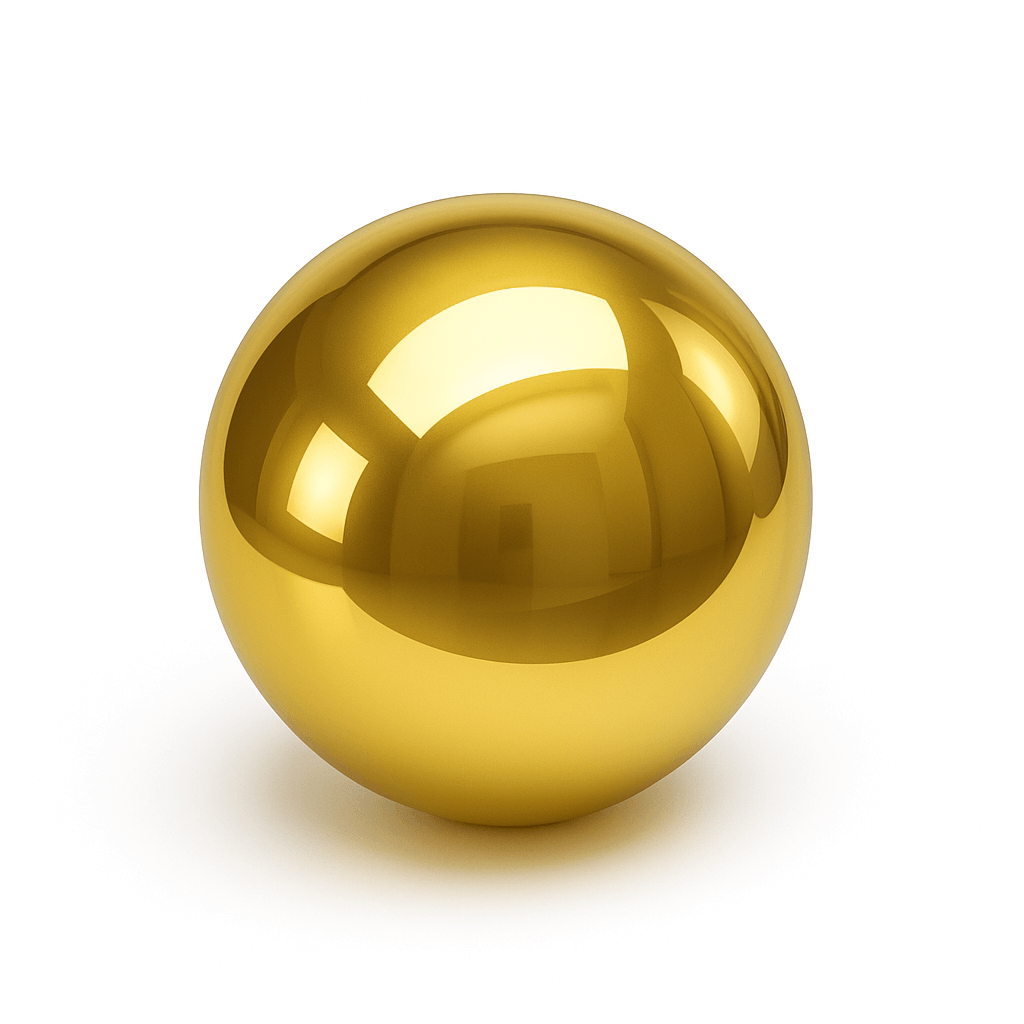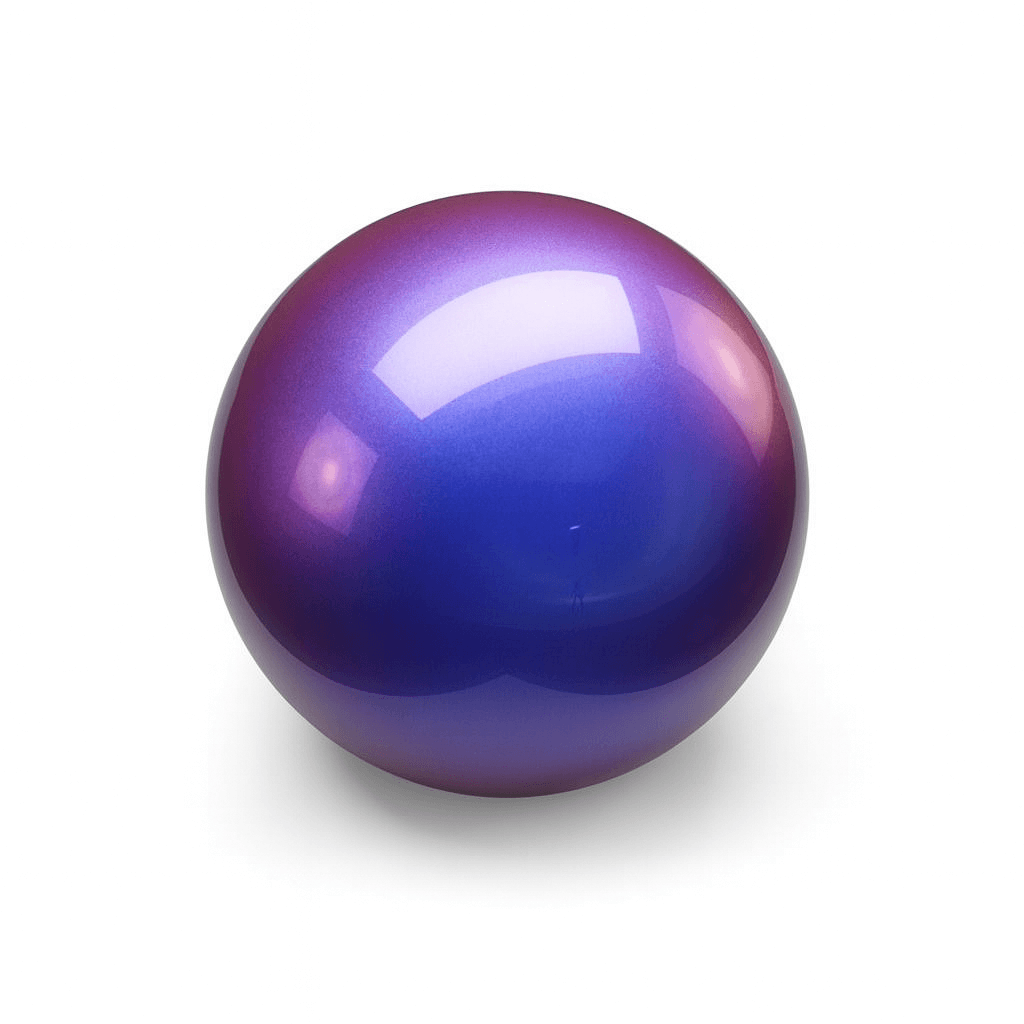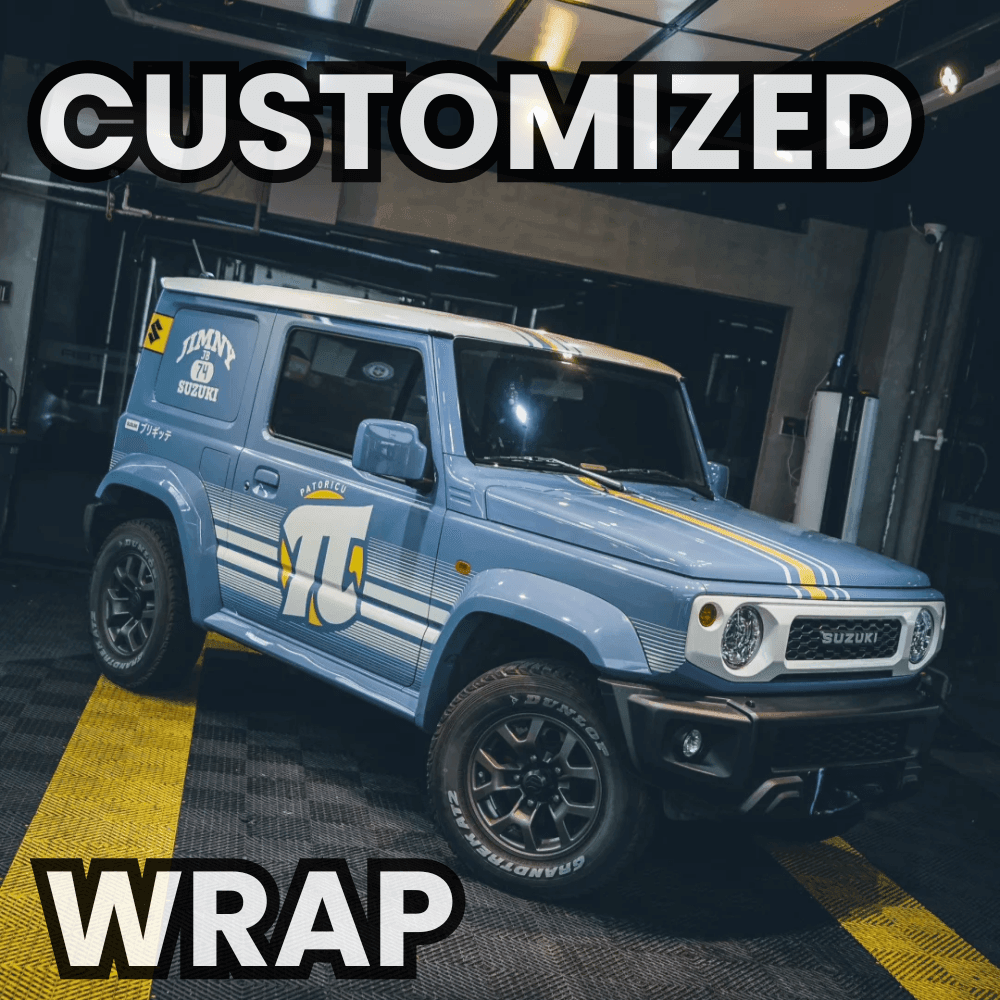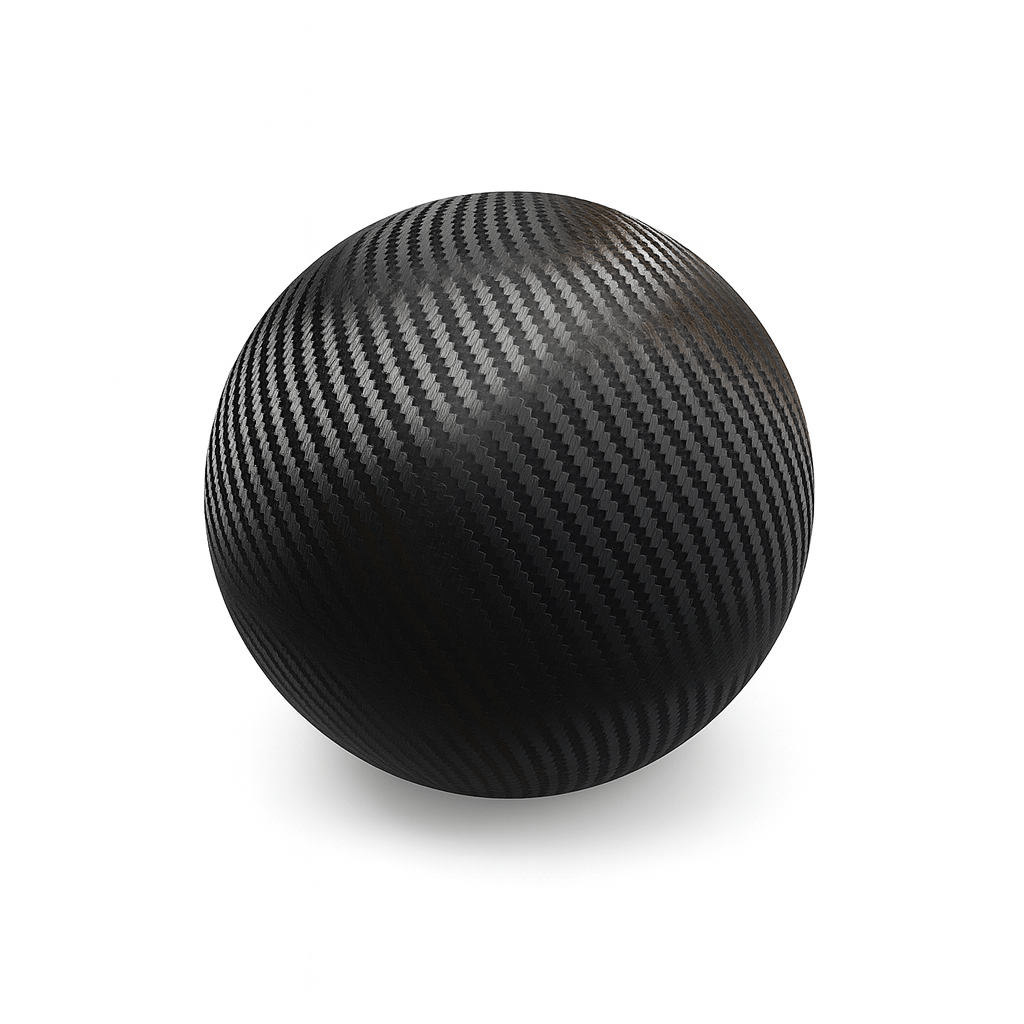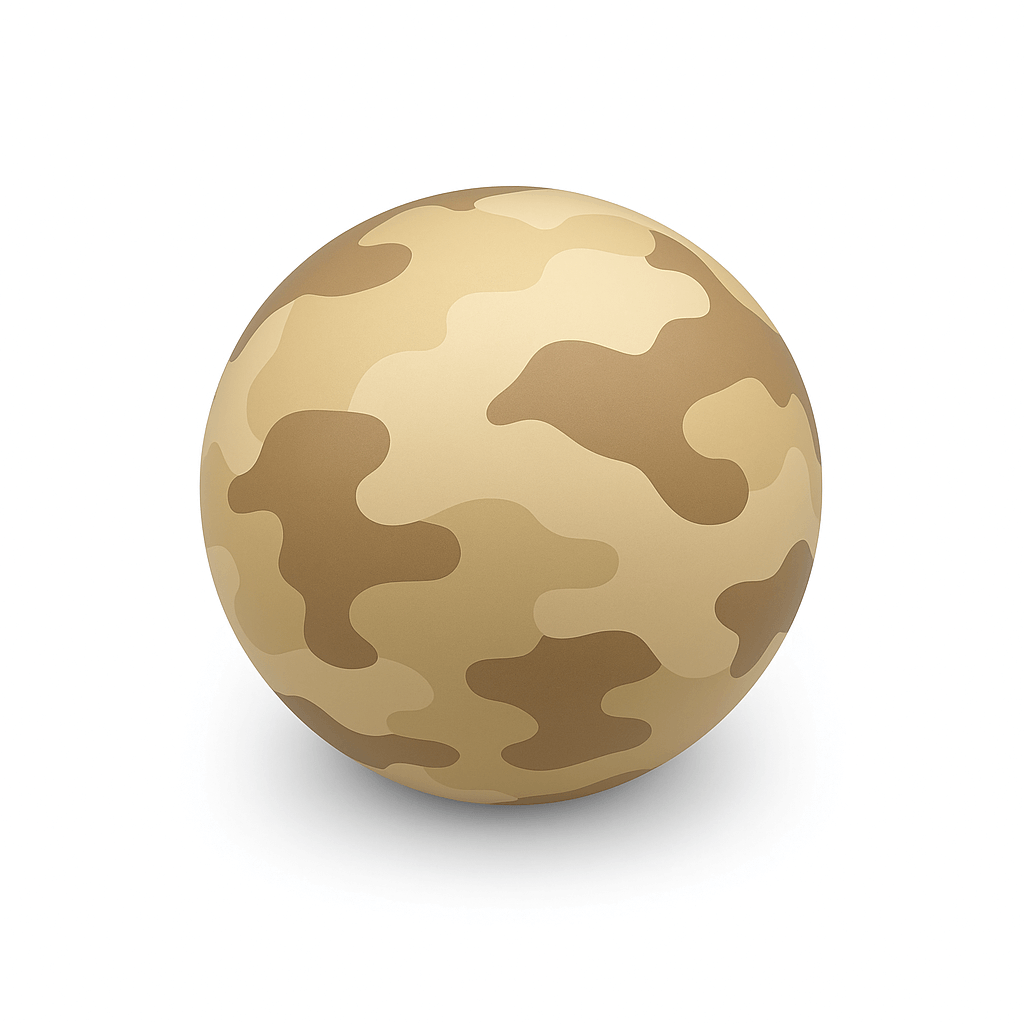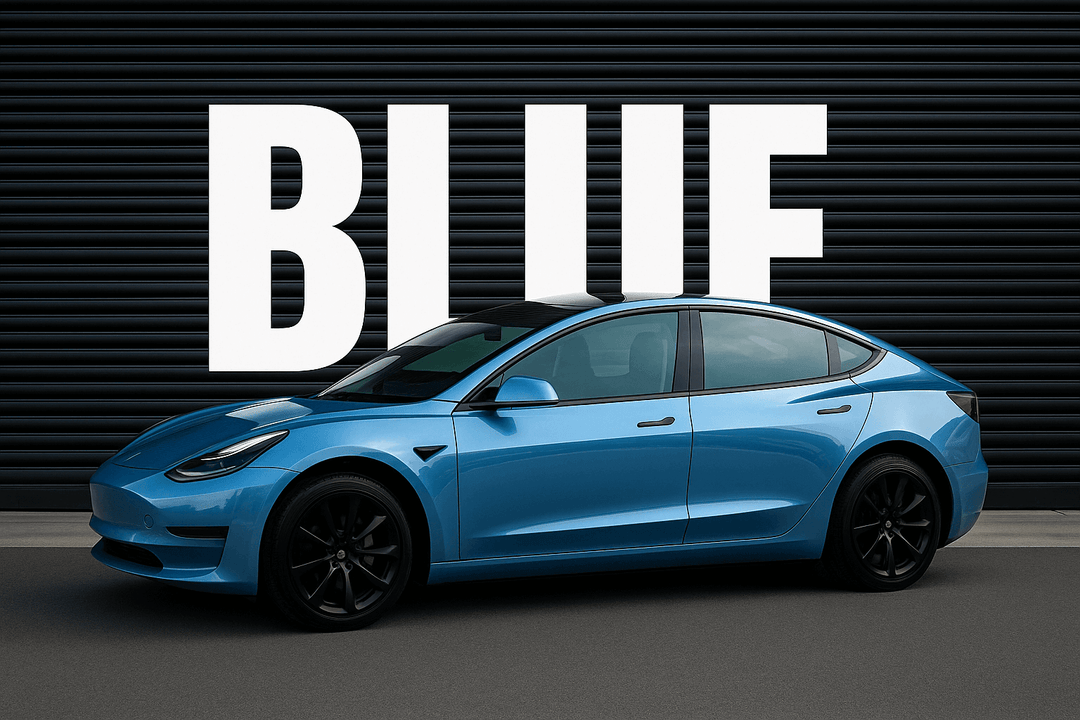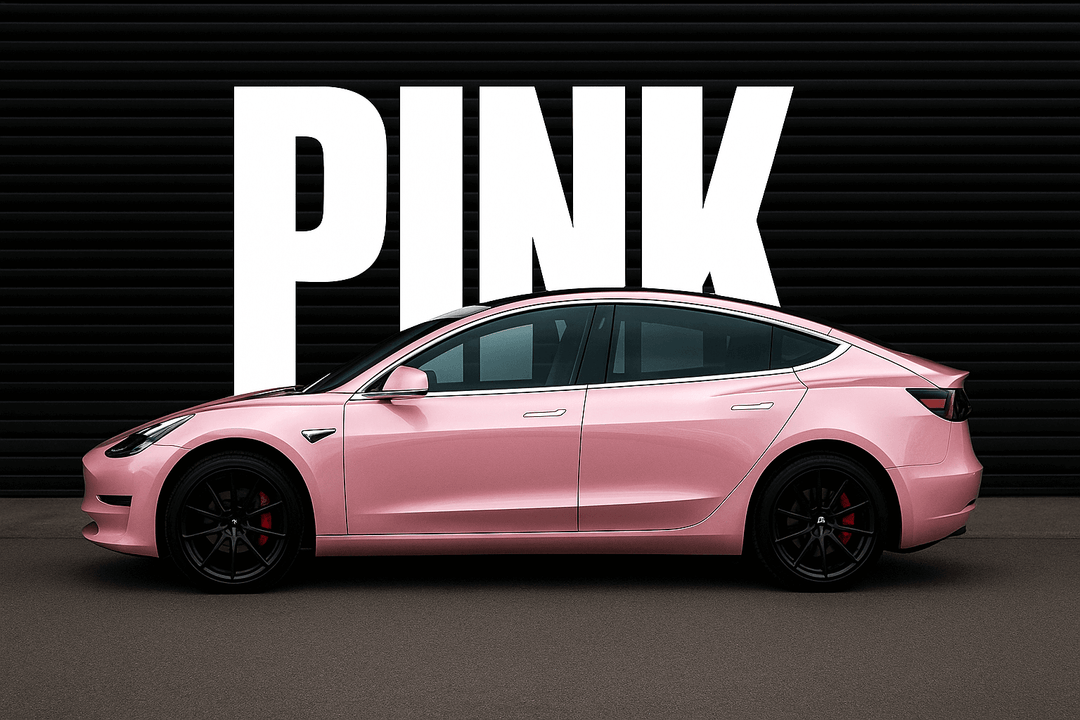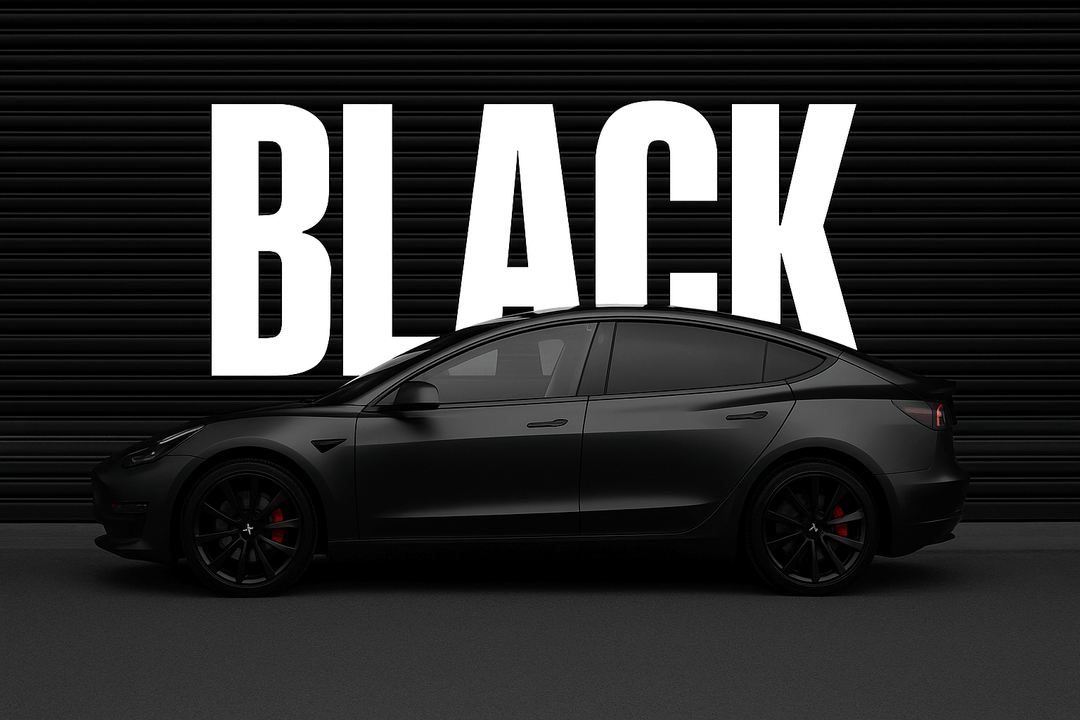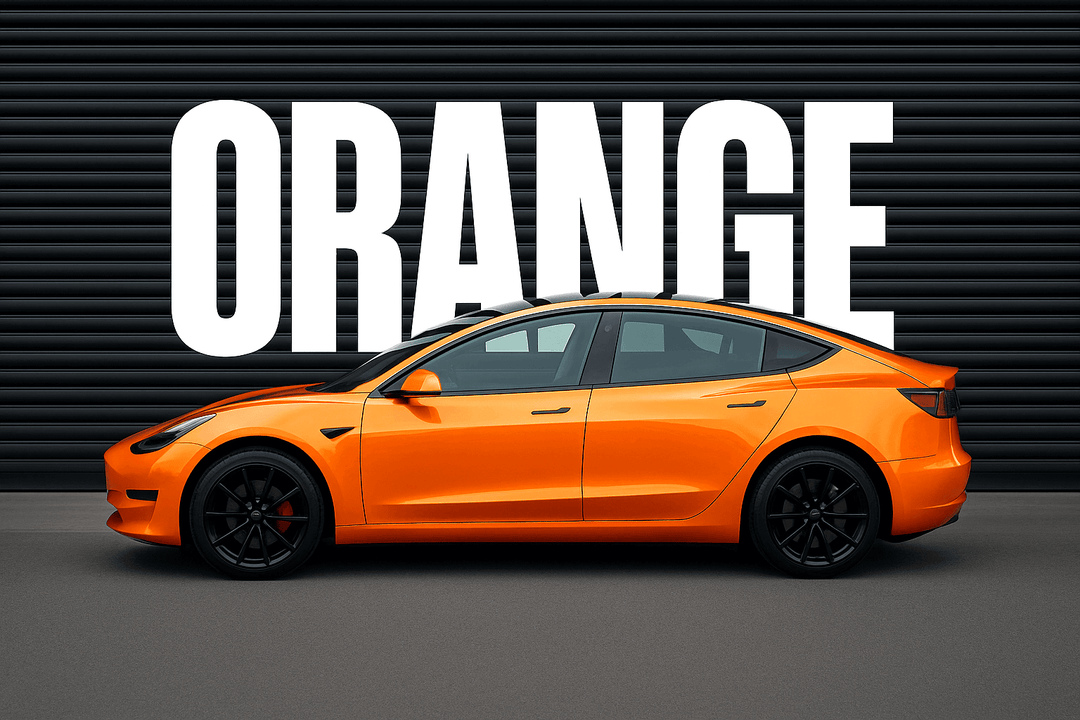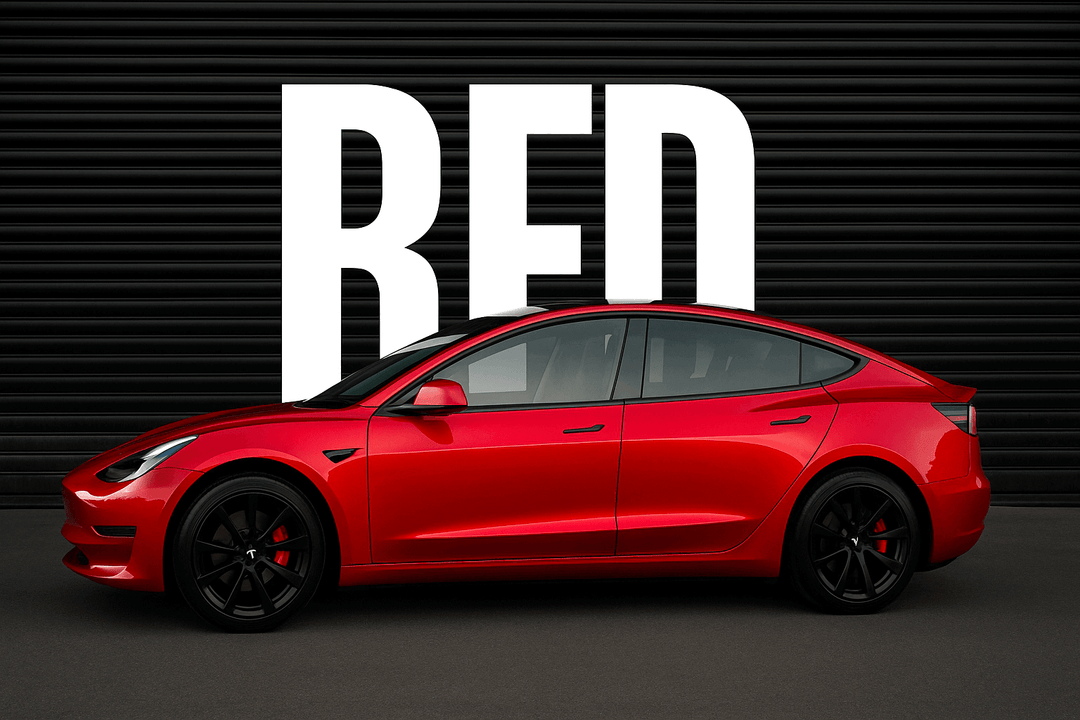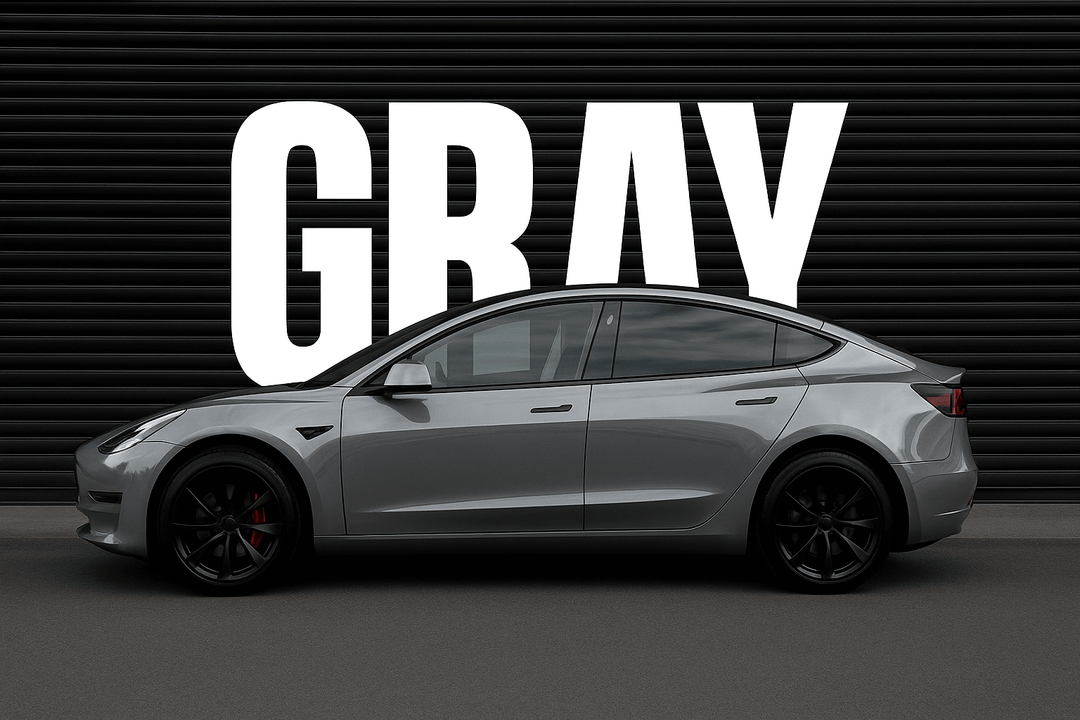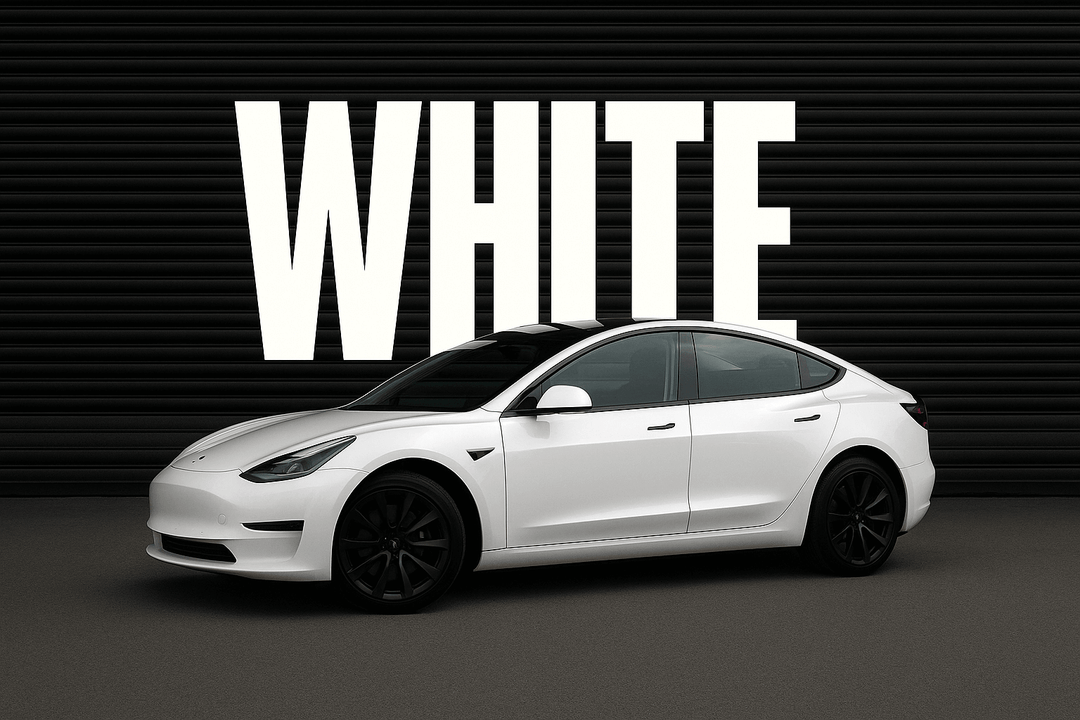Can Damaged Car Wrap Be Repaired?
When you invest in a car wrap, you are enhancing your vehicle's appearance and protecting its original paint. A car wrap is a layer of vinyl applied to your vehicle's surface, offering endless design possibilities—from sleek matte finishes to vibrant promotional graphics. Beyond aesthetics, car wraps provide a practical barrier against minor scratches, UV damage, and environmental wear.
However, damage can still occur no matter how carefully you maintain the car wrap. The most common issues include scratches from road debris, peeling at the edges due to improper installation or weathering, and fading caused by prolonged exposure to sunlight. Each of these problems can compromise the wrap's look and longevity, leaving you to wonder—can it be repaired?
Minor issues like scratches or slight peeling may be fixable, but for extensive damage, such as widespread fading or cracking, getting a partial or full replacement is better. Let’s explore what’s possible when it comes to restoring your car wrap’s integrity and shine.
Can Damaged Car Wraps Be Repaired?
Yes, damaged car wraps can often be repaired, depending on the type and extent of the damage. Repairing a wrap is typically quicker and more affordable than replacing it entirely, making it a practical solution for minor issues. However, certain damages may necessitate replacement for optimal results.
When You Can Repair Vinyl Wrap
Minor Scratches and Scuffs: Small surface scratches that haven’t penetrated the vinyl can often be buffed out or covered with vinyl patching material.
Loose Edges or Corners: If the wrap starts lifting at the edges or corners, reapplying adhesive and using heat can effectively re-secure it.
Air Bubbles: Small air bubbles trapped under the wrap can usually be fixed by carefully puncturing them with a pin and smoothing the area with a squeegee.
When Replacement Is a Better Option
Old or Brittle Vinyl: Over time, vinyl becomes less flexible and more prone to cracking. If the material has significantly aged, repairs may not adhere properly.
Extensive Fading or Discoloration: Sunlight can cause fading or discoloration across large sections of the wrap. In such cases, the aesthetic value of the wrap is compromised, and replacement is usually the best option.
Severe Tears or Cuts: Large or deep tears in the vinyl are difficult to patch seamlessly. Replacing the affected section—or the entire wrap, if necessary—ensures a cohesive look.
Widespread Damage: If multiple areas of the wrap are damaged or peeling, it might be more cost-effective to replace the entire wrap rather than attempting piecemeal repairs.
How Are Damaged Vehicle Wraps Repaired?
Scratches and Scuffs
- Clean the Area: Start by thoroughly washing the scratched area with a vinyl-safe cleaner to remove dirt and debris.
- Apply Heat: Use a heat gun or hair dryer to gently warm the scratched surface. This can help the vinyl stretch slightly and regain its original texture.
- Polish the Surface: For minor scuffs, apply a vinyl wrap conditioner or polish with a microfiber cloth. Work it in gently to restore the wrap’s shine.
Peeling Edges
- Prep the Area: Clean the peeling edge and surrounding area with isopropyl alcohol to ensure it’s free of dirt and grease.
- Reattach the Vinyl: Lift the peeling edge carefully, clean the adhesive underside with a 50/50 mixture of water and isopropyl alcohol, and let it dry.
- Apply Adhesive Primer: Use an adhesive primer to strengthen the bond, then press the vinyl back in place while applying heat to activate the adhesive.
- Seal the Edge: If peeling persists, use a high-quality edge sealing adhesive as a last resort before considering a re-wrap.
Air Bubbles
- Puncture the Bubble: Use a fine needle or pin to carefully puncture the bubble's center. Avoid creating a large hole.
- Release the Air: Gently press down on the bubble to push the trapped air toward the puncture.
- Smooth It Out: Apply heat with a heat gun to soften the vinyl, then use a squeegee or your fingers to smooth it down completely.
Fading or Discoloration
- Deep Clean: Wash the faded area with a vinyl-safe cleaner, removing all contaminants.
- Rub Out Surface Marks: Use a microfiber cloth to buff out minor surface discoloration or marks gently.
- Restore Shine: Apply a vinyl-safe polymer-based sealant to rejuvenate the wrap’s color and shine.
- Polish Gloss Finishes: If the vinyl has a glossy finish, carefully use a vinyl-safe polish. Keep the surface lubricated to prevent heat buildup, which could damage the film permanently.
Should You DIY a Vinyl Vehicle Wrap Repair?
There’s a straightforward answer to this question: DIY vinyl vehicle wrap repair is not recommended for most people.
While it might seem tempting to fix small damages yourself, repairing a vehicle wrap requires more than just basic tools and effort. You need precision, expertise, and a deep understanding of how vinyl behaves under different conditions.
Take peeling edges, for example. It might seem simple to reapply the vinyl with some adhesive, but without proper cleaning and the right primer, the peeling will likely return. And when it comes to repairing air bubbles, improper techniques can stretch or tear the vinyl, causing more harm than good.
Curved surfaces are another challenge. Repairs on flat sections might seem manageable, but most vehicles have complex curves and contours. Without professional skills, you risk creating unsightly wrinkles or visible seams, leaving your repair looking amateurish and incomplete.
While a DIY approach may save you money upfront, it often leads to frustration and further damage, ultimately costing you more in the long run. For a clean, professional finish, it’s best to trust experienced technicians with the job.
Preventive Measures for Maintaining Car Wraps
Proper maintenance is the key to keeping your car wrap in pristine condition and minimizing the risk of damage. With a little care and attention, you can extend the lifespan of your wrap and maintain its vibrant appearance.
Regular Cleaning
Wash Gently: Use a vinyl-safe car wash solution and a soft sponge or microfiber cloth. Avoid abrasive cleaners and tools that can scratch the vinyl.
Hand Wash Over Machine Wash: Whenever possible, hand washing is the safest option. Automatic car washes, especially those with brushes, can cause peeling, scratching, or tearing.
Rinse Thoroughly: After washing, rinse thoroughly with water to remove any soap residue that might degrade the wrap over time.
Avoid Harsh Chemicals: Steer clear of strong solvents, alcohol-based cleaners, or wax products not specifically designed for vinyl wraps.
Protection From Environmental Factors
Park Smartly: Whenever possible, park in shaded areas or indoors to reduce UV exposure and prevent fading.
Use a Car Cover: When parking outside for extended periods, consider using a breathable car cover to protect the wrap from dust, rain, and debris.
Watch for Debris: Clean off bird droppings, tree sap, or road grime as soon as possible. These can stain or damage the wrap if left untreated.
Proper Storage
Store Indoors: If your vehicle will not be in use for a while, storing it in a garage is ideal. This shields the wrap from weather and temperature fluctuations.
Maintain Stable Temperatures: Vinyl wraps are sensitive to extreme temperatures. Try to keep your vehicle in an environment with stable and moderate conditions.
Routine Inspections
Check for Damage: Regularly inspect your wrap for signs of lifting, bubbling, or scratches. Early intervention can prevent minor issues from becoming major problems.
Address Issues Quickly: If you notice any damage, such as peeling edges or small tears, have it repaired promptly by a professional to avoid further deterioration.
Conclusion
When dealing with a damaged car wrap, it’s essential to evaluate the extent of the damage and determine whether repair or replacement is the best course of action. Minor issues like scratches, peeling edges, or air bubbles can often be addressed with the right techniques and tools, but severe or widespread damage may call for a partial or full re-wrap.
Thankfully, many cases of car wrap damage are repairable, and professional technicians have the expertise to restore your vehicle’s wrap effectively. Whether it’s a quick touch-up or a more involved section replacement, trusting a professional ensures that the repair is seamless and long-lasting.
FAQs
Can you repair a faded car wrap?
Yes, a faded car wrap can sometimes be repaired, but it depends on the extent of the fading and the type of vinyl used. Minor discoloration caused by surface contaminants can often be addressed by deep cleaning with a vinyl-safe cleaner or applying a polymer-based sealant to rejuvenate the color. However, if the fading is due to prolonged UV exposure or age, the affected section may need to be replaced to restore the wrap’s original appearance.
How much does it cost to repair a damaged car wrap?
The cost to repair a damaged car wrap varies depending on the size and severity of the damage. Minor repairs like fixing peeling edges or small scratches can cost between $50 and $150. For more extensive repairs, such as replacing a damaged section, costs can range from $200 to $500 or more. Full re-wraps, if necessary, may cost anywhere from $3,000 to $5,000 depending on the vehicle and wrap quality. Always consult a professional for an accurate estimate.
How long does a repaired car wrap last?
A repaired car wrap can last as long as the rest of the wrap, provided the repair was done professionally and the vehicle is well-maintained. Most vinyl wraps have a lifespan of 3-5 years, so the longevity of the repair will depend on the overall age and condition of the wrap. Regular cleaning and proper care can help extend the lifespan of both the repair and the wrap.


